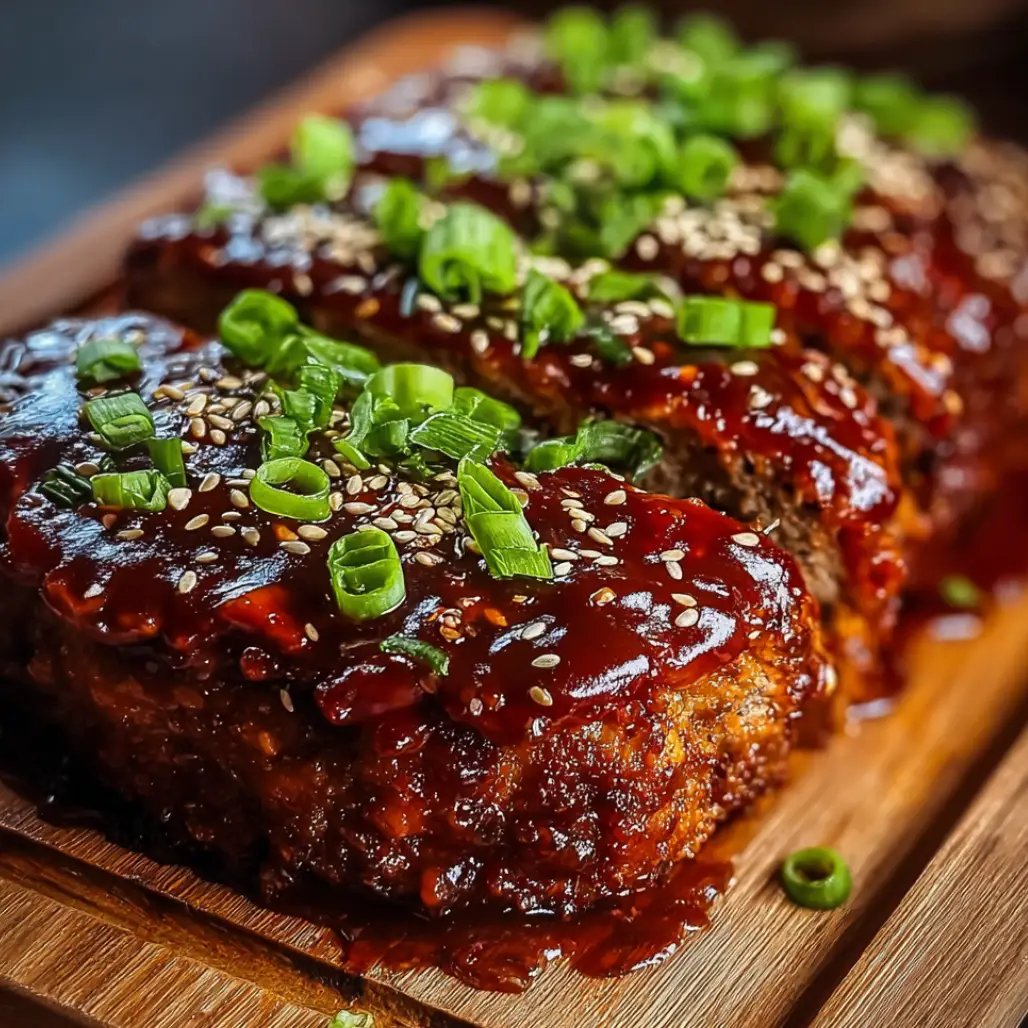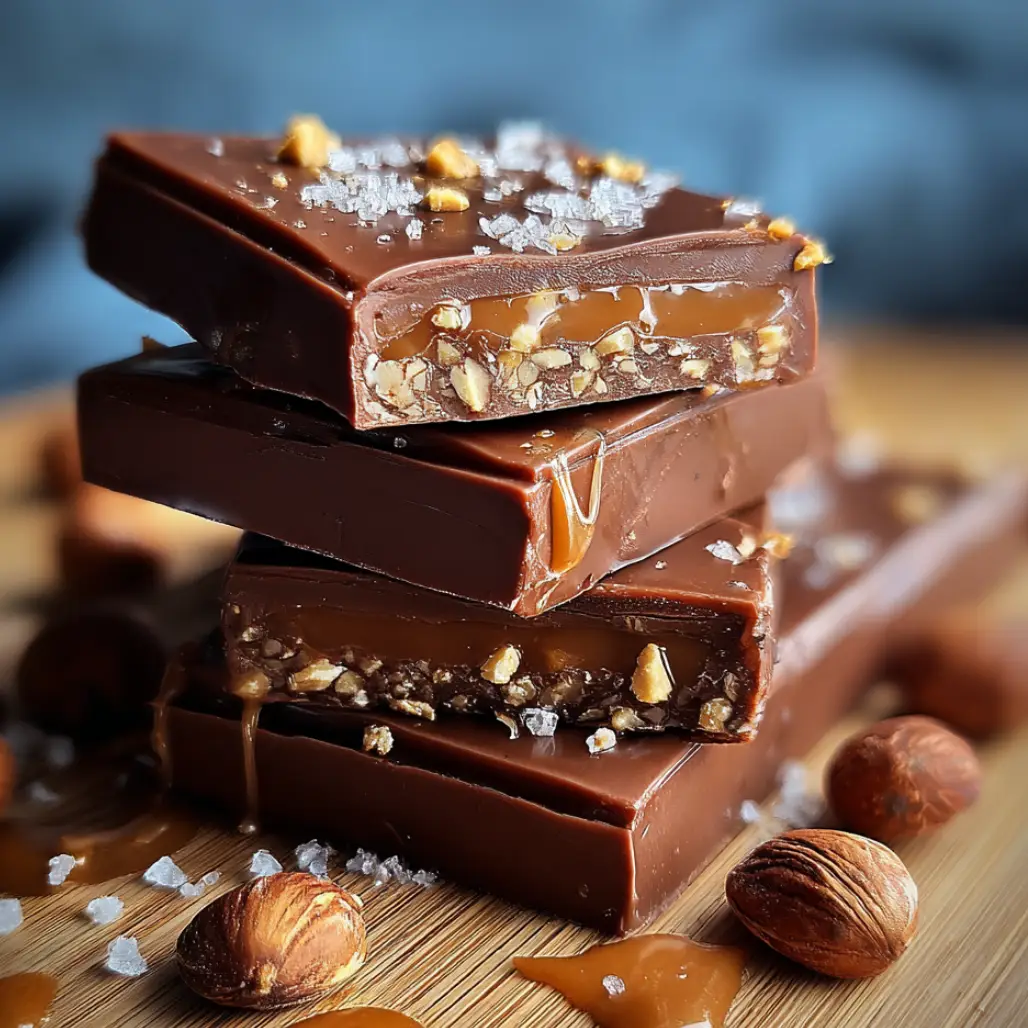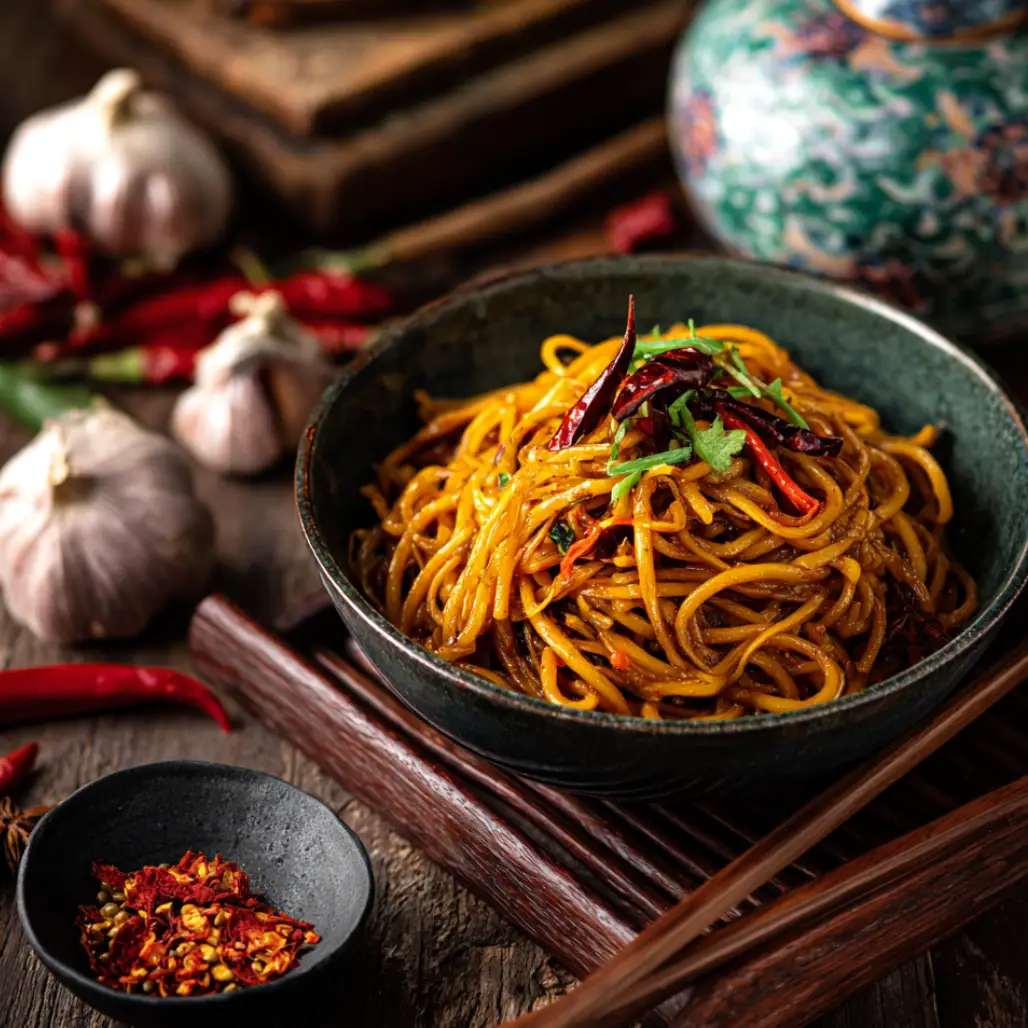| Prep Time | Cook Time | Total Time | Serves |
|---|---|---|---|
| 15 minutes | 25 minutes | 40 minutes | 4 |
When comfort food meets exotic flavors, the result is this extraordinary Thai chicken soup that transforms your kitchen into a fragrant paradise because this recipe captures the soul of traditional Tom Kha Gai while making it accessible for home cooks who crave authentic Thai flavors without the complexity of restaurant preparation. This creamy, aromatic soup brings together tender chicken, earthy mushrooms, and vibrant herbs in a coconut milk base that delivers the perfect balance of sweet, sour, salty, and spicy elements because every spoonful transports you straight to the bustling streets of Bangkok where the air is filled with the intoxicating aromas of lemongrass, galangal, and lime leaves working their magic in harmony.
Why This Thai Chicken Soup Will Transform Your Culinary World
This Thai chicken soup stands apart from ordinary comfort food recipes because it achieves that elusive balance of complex flavors that defines authentic Thai cuisine while remaining approachable enough for weeknight cooking, proving that exotic doesn’t have to mean intimidating when you understand the fundamental principles behind great Thai cooking. The genius of this recipe lies in its ability to layer flavors systematically, building depth through the careful addition of aromatics that infuse the coconut milk base with their essential oils and create a symphony of taste that evolves with each spoonful.
The convenience factor cannot be overstated when considering how this recipe brings restaurant-quality Thai flavors to your home kitchen because traditional Tom Kha Gai often requires hard-to-find ingredients and lengthy preparation times, while this version delivers authentic taste using accessible ingredients and streamlined techniques that don’t compromise the integrity of the original dish. The one-pot preparation method simplifies the cooking process while allowing flavors to meld naturally through the gentle simmering that characterizes the best Thai soups.
What sets this Thai chicken soup apart from other international soup recipes is its perfect representation of Thai culinary philosophy, where the balance of sweet, sour, salty, and spicy creates harmony rather than competition between flavors because each element enhances the others to create something greater than the sum of its parts. The coconut milk base provides richness without heaviness, while the aromatic herbs contribute brightness and complexity that keeps each spoonful interesting and satisfying throughout the entire bowl.
Complete Ingredients List
For the Aromatic Base:
- 2 tablespoons coconut oil
- 3 shallots, thinly sliced
- 4 garlic cloves, minced
- 2 lemongrass stalks, bruised and cut into 2-inch pieces
- 2-inch piece fresh galangal, sliced thin
- 4 kaffir lime leaves, torn
- 2 Thai bird chilies, smashed
For the Soup Foundation:
- 4 cups chicken broth
- 1 can (14 oz) full-fat coconut milk
- 2 tablespoons fish sauce
- 2 tablespoons palm sugar (or brown sugar)
- 1 tablespoon Thai red curry paste (optional)
For the Main Components:
- 1 pound boneless chicken thighs, sliced thin
- 8 ounces mixed mushrooms, sliced
- 2 Roma tomatoes, cut into wedges
- 1 teaspoon cornstarch
- 2 teaspoons neutral oil
For the Finishing Touches:
- 3 tablespoons fresh lime juice
- 1/4 cup fresh cilantro, chopped
- 2 green onions, sliced
- Salt to taste
For Serving:
- Steamed jasmine rice
- Extra lime wedges
- Fresh cilantro sprigs
- Sliced Thai chilies (optional)
Essential Ingredients for Thai Chicken Soup
The foundation of exceptional Thai chicken soup begins with understanding the role of each aromatic ingredient because these components work together to create the complex flavor profile that defines authentic Tom Kha Gai, and substituting inferior alternatives compromises the dish’s integrity and authentic character. Fresh galangal serves as the star ingredient because its unique pine-citrus flavor cannot be replicated by ginger, even though many recipes suggest this substitution, and the galangal provides the essential “kha” element that gives the soup its traditional name and distinctive taste.
Lemongrass contributes bright, lemony fragrance without the acidic bite of actual lemons because this aromatic grass releases essential oils when bruised and simmered, creating the signature perfume that makes Thai chicken soup so recognizable and appealing. Kaffir lime leaves add another layer of citrus complexity with their distinctive double-leaf structure and intense aromatic oils that cannot be replicated by regular lime zest, though lime zest can serve as an emergency substitute in small quantities.
Coconut milk forms the creamy base that carries all other flavors while providing richness and body that transforms simple chicken broth into something luxurious and satisfying because the fat content in quality coconut milk creates the perfect vehicle for dissolving and distributing the aromatic compounds from herbs and spices. Full-fat coconut milk produces superior results compared to light versions because the higher fat content provides better flavor integration and creates the signature creamy texture that defines outstanding Thai chicken soup.
Fish sauce provides the essential umami depth that balances the sweetness of coconut milk and palm sugar because this fermented condiment adds complexity that salt alone cannot achieve, and its distinctive flavor becomes mellow and integrated when properly balanced with other ingredients. Palm sugar contributes subtle sweetness with caramel notes that complement the coconut milk’s natural sweetness while balancing the soup’s overall flavor profile.
Fresh chicken thighs deliver superior flavor and texture compared to breast meat because the higher fat content and connective tissue create tender, juicy pieces that remain moist during cooking while contributing additional richness to the soup base through their rendered fat and natural gelatin.
The Art of Creating Perfect Thai Chicken Soup
Mastering Thai chicken soup requires understanding the sequence of flavor development that builds complexity systematically because each cooking stage contributes essential elements that cannot be achieved through shortcuts or alternative methods that compromise the dish’s authentic character. The process begins with properly preparing and handling the aromatic ingredients because these delicate herbs and roots require specific treatment to release their essential oils without becoming bitter or losing their distinctive characteristics.
Temperature control throughout the cooking process determines success because different ingredients require specific heat levels to contribute their optimal flavors without breaking down or becoming harsh and unpalatable. The initial aromatic sautéing phase demands medium heat that gently releases essential oils without burning the delicate compounds, while the simmering stage requires careful attention to prevent the coconut milk from curdling or separating under excessive heat.
The timing of ingredient additions creates the difference between good and exceptional results because each component requires specific cooking durations to reach its ideal contribution to the finished soup without becoming overcooked or losing its distinctive character. Understanding when to add the coconut milk, how long to simmer the aromatics, and when to incorporate the finishing ingredients determines whether you achieve restaurant-quality results or settle for disappointing mediocrity.
The balance of flavors represents the most critical aspect of Thai cooking because the interplay between sweet, sour, salty, and spicy elements must be carefully calibrated to create harmony rather than competition, and this balance requires constant tasting and adjustment throughout the cooking process to achieve the perfect flavor profile that defines exceptional Thai chicken soup.
Step-by-Step Instructions for Thai Chicken Soup
Begin by preparing all ingredients because Thai cooking moves quickly once you start, and having everything ready ensures smooth execution without burning or overcooking delicate components. In a small bowl, combine 1 pound sliced chicken thighs with 1 teaspoon cornstarch and 2 teaspoons neutral oil, mixing gently to coat the chicken pieces evenly because this light coating helps the chicken stay tender and prevents it from becoming tough during cooking while creating silky texture in the finished soup.
Professional Tip: Slice chicken thighs against the grain into thin strips about 1/4-inch thick to ensure tender texture and quick, even cooking throughout the soup preparation process.
Key Points: The chicken should be evenly coated with the cornstarch mixture, and all aromatics should be prepared and within easy reach before beginning the cooking process.
Heat 2 tablespoons coconut oil in a large, heavy-bottomed pot over medium heat until shimmering, then add 3 sliced shallots and 4 minced garlic cloves, cooking for 2-3 minutes until fragrant and softened but not browned because excessive browning creates bitter flavors that compromise the soup’s delicate balance. Add 2 lemongrass stalks, 2-inch piece sliced galangal, 4 torn kaffir lime leaves, and 2 smashed Thai chilies, stirring gently for 1-2 minutes until the aromatics release their essential oils and fill your kitchen with their intoxicating fragrance.
Professional Tip: Bruise the lemongrass stalks with the back of a knife before cutting to release maximum flavor, and tear the kaffir lime leaves rather than cutting to avoid bitter compounds from the stems.
Key Points: The aromatics should be fragrant but not browned, and you should smell the distinctive citrus and herbal aromas that indicate proper flavor extraction from the fresh ingredients.
Add 8 ounces sliced mushrooms to the pot and cook for 3-4 minutes until they release their moisture and begin to caramelize slightly because properly cooked mushrooms contribute earthy depth and meaty texture that complements the chicken beautifully. If using Thai red curry paste, add 1 tablespoon now and stir for 30 seconds until fragrant because the curry paste adds color and additional complexity that enhances the soup’s overall flavor profile.
Professional Tip: Use a mix of mushroom varieties like oyster, shiitake, and button mushrooms for complex flavor and varied textures that add interest to each spoonful of soup.
Key Points: The mushrooms should be lightly caramelized but still firm, and any curry paste should be fragrant and well-distributed throughout the aromatics without any raw paste taste remaining.
Pour in 4 cups chicken broth and bring to a boil over medium-high heat, then reduce heat to maintain a gentle simmer and cook for 10 minutes to allow the aromatics to infuse the broth with their flavors because this simmering time extracts the essential oils and creates the flavorful base that defines exceptional Thai chicken soup. Add the prepared chicken pieces and simmer for 3-4 minutes until just cooked through and no longer pink because chicken thighs cook quickly and overcooking results in tough, dry texture.
Professional Tip: Bring the broth to a full boil initially to extract maximum flavor from the aromatics, then reduce to a gentle simmer to prevent the ingredients from breaking down or becoming mushy.
Key Points: The broth should be fragrant and flavorful after simmering with the aromatics, and the chicken should be just cooked through with no pink remaining but still tender and juicy.
Reduce heat to low and slowly stir in 1 can coconut milk, being careful not to let the soup boil vigorously because high heat can cause the coconut milk to curdle and separate, creating an unappetizing grainy texture that cannot be corrected. Add 2 tablespoons fish sauce, 2 tablespoons palm sugar, and 2 tomato wedges if using, simmering gently for 5 minutes to meld the flavors and heat the tomatoes through because this gentle cooking allows all elements to integrate harmoniously.
Professional Tip: Add the coconut milk gradually while stirring to prevent temperature shock that can cause curdling, and never let the soup boil after adding coconut milk to maintain smooth, creamy texture.
Key Points: The soup should be creamy and smooth without any separation, and the flavors should be balanced with no single element dominating the overall taste profile.
Remove the pot from heat and stir in 3 tablespoons fresh lime juice, starting with 2 tablespoons and tasting before adding more because lime juice provides the essential sour element that balances the rich coconut milk and sweet palm sugar. Taste and adjust seasoning with additional fish sauce, palm sugar, or salt as needed to achieve the perfect balance of sweet, sour, salty, and spicy flavors that characterizes authentic Thai cuisine.
Professional Tip: Add lime juice off the heat to preserve its bright, fresh flavor and prevent it from becoming bitter or losing its essential citrus character through excessive cooking.
Key Points: The soup should have a harmonious balance of flavors with no single element overpowering the others, and the lime juice should provide bright acidity that cuts through the richness of the coconut milk.
Remove the large pieces of lemongrass, galangal, and lime leaves if desired for easier eating, then stir in 1/4 cup chopped cilantro and 2 sliced green onions just before serving because these fresh herbs provide color, freshness, and additional flavor complexity that completes the dish. Serve immediately in warmed bowls over steamed jasmine rice if desired, garnishing with extra cilantro, lime wedges, and sliced chilies for those who want additional heat.
Professional Tip: Warm the serving bowls beforehand to keep the soup at optimal serving temperature, and provide garnishes separately so diners can customize their bowls according to personal preferences.
Key Points: The finished soup should be aromatic, creamy, and well-balanced with visible fresh herbs and attractive presentation that showcases the vibrant colors and textures of all ingredients.
Professional Tips for Thai Chicken Soup Success
Quality ingredient selection dramatically impacts the final result because Thai cuisine relies heavily on the freshness and authenticity of its core components, and inferior substitutes create disappointing results that lack the complexity and balance that defines exceptional Thai cooking. Source ingredients from Asian markets when possible because these specialty stores typically carry fresher, more authentic products that make a noticeable difference in flavor and aroma compared to generic grocery store alternatives.
Preparation timing becomes crucial when making Thai chicken soup because the cooking process moves quickly once you begin, and having all ingredients properly prepared and within easy reach prevents overcooking or burning while you scramble to find the next component. Practice the traditional Thai mise en place approach by preparing all aromatics, measuring all liquids, and organizing your workspace before applying heat to any ingredients.
Balance testing throughout the cooking process ensures optimal flavor development because Thai cuisine depends on the harmony between sweet, sour, salty, and spicy elements, and this balance can only be achieved through constant tasting and adjustment rather than relying solely on measurements. Develop your palate by tasting frequently and making small adjustments until you achieve the perfect flavor profile that satisfies your personal preferences.
Storage and reheating techniques require special attention because the coconut milk base can separate when improperly handled, and the delicate herbs lose their potency quickly after cooking. Store leftovers in airtight containers and reheat gently over low heat, stirring frequently to prevent separation while adding fresh herbs and lime juice to restore brightness and flavor complexity.
Creative Variations for Thai Chicken Soup
Transform this base recipe into exciting variations by incorporating different proteins and vegetables that complement the traditional Thai flavor profile because the aromatic base adapts beautifully to various modifications while maintaining its essential character and authenticity. Replace chicken with fresh shrimp or firm white fish for seafood versions that cook quickly and absorb the aromatic flavors beautifully, while tofu and mixed vegetables create satisfying vegetarian adaptations that maintain the soup’s essential appeal.
Regional variations reflect different Thai cooking styles and ingredient availability because Thailand’s diverse culinary landscape includes numerous interpretations of coconut-based soups that incorporate local specialties and preferences. Northern Thai versions often include pork and local vegetables, while Southern Thai adaptations feature seafood and pineapple that add tropical sweetness and additional complexity to the traditional flavor profile.
Seasonal modifications keep the recipe interesting throughout the year because different vegetables and herbs reflect changing seasons while maintaining the core appeal that makes this soup so universally loved. Spring versions benefit from fresh peas and tender asparagus, summer adaptations work well with zucchini and bell peppers, while winter variations shine with root vegetables and heartier greens that provide additional substance and nutrition.
Spice level adjustments accommodate different heat tolerances because Thai cuisine traditionally offers varying levels of spiciness to suit individual preferences without compromising the dish’s authentic character. Increase heat with additional Thai chilies or chili oil, while reducing spiciness involves using fewer chilies or removing seeds and membranes that contain the most capsaicin compounds.
Perfect Pairings for Thai Chicken Soup
The aromatic, complex nature of Thai chicken soup calls for accompaniments that complement rather than compete with its delicate flavor balance because the ideal meal creates harmony through thoughtful pairing rather than overwhelming the palate with conflicting tastes and textures. Steamed jasmine rice serves as the traditional and perfect companion because its neutral flavor and fluffy texture provide the ideal vehicle for absorbing the aromatic broth while adding satisfying substance that transforms the soup into a complete meal.
Fresh, crisp salads with bright, acidic dressings provide excellent contrast to the rich coconut base because the textural difference and clean flavors cleanse the palate between spoonfuls while adding essential vegetables and nutrients to the overall meal composition. Consider mixed green salads with lime vinaigrette or Thai-style papaya salad that reinforces the Southeast Asian theme while providing cooling refreshment that balances the soup’s warmth and richness.
Beverage pairings should enhance rather than mask the soup’s complex aromatics because Thai chicken soup contains delicate herb and spice notes that can be easily overwhelmed by strong flavors or high alcohol content. Thai iced tea or coconut water provide traditional accompaniments that complement the coconut base, while light white wines like Riesling or Gewürztraminer offer Western alternatives that enhance rather than compete with the aromatic herbs.
For appetizer courses, consider serving alongside artisanal snacks and appetizers that provide textural variety without overwhelming the main dish, such as spring rolls, satay skewers, or Thai-style dumplings because these options create a cohesive Southeast Asian dining experience while maintaining focus on the soup as the centerpiece.
Discover More Delicious International Flavor Combinations
Expanding your international cooking repertoire creates opportunities to explore dishes that share similar techniques and flavor principles because understanding these connections helps develop more sophisticated cooking skills while building a collection of globally-inspired recipes that transport your dining table around the world. Explore savory side dishes that complement coconut-based soups, such as curry-spiced vegetables, herb-crusted proteins, or seasoned grain dishes because these sides provide additional substance while maintaining flavor harmony with Southeast Asian cuisine.
Consider pairing Thai chicken soup with flavorful dips and marinades for vegetable service, creating an interactive dining experience that encourages exploration of complementary flavors and textures. Options like peanut sauce, sweet chili dip, or herb-infused oils reinforce the Southeast Asian theme while offering variety in tastes and textures that please different preferences and dietary requirements.
Complete the meal with refreshing beverages that balance the soup’s richness and spice levels, such as tropical fruit waters, herbal teas, or traditional Thai drinks because appropriate beverage selection aids digestion and prevents palate fatigue while enhancing the overall cultural dining experience. The goal is creating harmony between all meal components while allowing the soup to remain the star attraction.
For special occasions, consider incorporating breakfast favorites as brunch companions because Thai chicken soup works beautifully as part of international brunch spreads, particularly when served alongside tropical fruits, coconut-based pastries, or rice-based dishes that complement rather than compete with the soup’s aromatic, satisfying character.
Storage Guidelines for Thai Chicken Soup
Proper storage techniques ensure that Thai chicken soup maintains its quality and complex flavor profile while preserving the delicate balance of aromatics that makes this dish so appealing because improper storage can result in flavor degradation, texture changes, and the loss of essential herb and spice characteristics that define authentic Thai cuisine. Allow the soup to cool completely to room temperature before refrigerating because placing hot soup directly in the refrigerator can raise internal temperatures and create condensation that affects both the soup’s quality and the safety of other stored foods.
Store cooled soup in airtight containers in the refrigerator for up to 3 days, understanding that the coconut milk base may separate slightly during storage because fat and water components naturally separate over time, but this can be easily corrected through gentle reheating and stirring. When reheating, use low heat and stir frequently to re-emulsify the coconut milk and restore the soup’s smooth, creamy texture without causing curdling or separation.
Freezing considerations require special attention because coconut milk-based soups can develop textural changes when frozen and thawed, potentially creating grainy or separated consistency that affects both visual appeal and mouthfeel. For best results when freezing, consider storing the aromatic broth base separately from the coconut milk, adding fresh coconut milk when reheating to maintain optimal texture and flavor integration.
When reheating frozen or refrigerated soup, use the lowest possible heat setting and stir constantly to prevent scorching or separation because coconut milk is sensitive to temperature changes and can curdle if heated too aggressively. Add fresh herbs, lime juice, and aromatics during reheating to restore the soup’s original brightness and complexity that may have diminished during storage.
The Science Behind Perfect Thai Chicken Soup
Understanding the scientific principles behind Thai chicken soup creation helps achieve consistent results while troubleshooting potential issues because cooking is fundamentally applied chemistry that follows predictable patterns when properly understood and executed with precision. The emulsification process that creates the smooth, creamy coconut milk base relies on proper fat and protein interactions because coconut milk contains both water-soluble and fat-soluble components that must integrate properly with the chicken broth to create stable, smooth texture.
Aromatic compound extraction requires understanding how essential oils and volatile compounds behave under different temperature conditions because these delicate molecules provide the distinctive flavors and aromas that define Thai cuisine, and improper handling can result in bitter or harsh flavors rather than the bright, complex notes that characterize exceptional Thai cooking. Heat activates these compounds but excessive temperature destroys them, requiring careful balance throughout the cooking process.
pH balance affects both flavor development and ingredient stability because the acidic lime juice interacts with the alkaline coconut milk to create chemical reactions that influence texture, color, and taste perception. Understanding how these interactions work explains why lime juice should be added at the end of cooking and why the soup’s flavor continues to develop even after cooking stops.
Protein denaturation in the chicken requires precise temperature control because excessive heat causes proteins to contract and expel moisture, resulting in tough, dry texture that cannot be corrected through additional cooking or seasoning adjustments. The cornstarch coating helps protect the chicken proteins while creating silky texture that enhances the overall mouthfeel of the finished soup.
Troubleshooting Common Thai Chicken Soup Issues
Curdled or separated coconut milk typically results from excessive heat or rapid temperature changes because the proteins and fats in coconut milk coagulate when exposed to high temperatures or thermal shock, creating grainy texture that cannot be smoothed through stirring alone. Prevent this issue by adding coconut milk to the pot gradually while maintaining low heat, and never allow the soup to boil vigorously after adding coconut milk to the recipe.
If separation occurs despite precautions, try removing the pot from heat immediately and whisking vigorously while gradually adding small amounts of warm coconut milk because this technique can sometimes re-emulsify the mixture, though prevention remains preferable to correction attempts. For future batches, ensure all ingredients are at similar temperatures before combining and maintain gentle heat throughout the cooking process.
Bitter or harsh flavors usually indicate overcooking of delicate aromatics or excessive heat during the initial sautéing phase because essential oils can become bitter when subjected to high temperatures or prolonged cooking times. Prevent this issue by using medium heat for aromatics and removing large pieces of herbs and spices before serving to avoid overwhelming bitterness from overextracted compounds.
Bland or unbalanced soup often results from insufficient seasoning adjustments or poor-quality ingredients because Thai cuisine depends on the harmony between multiple flavor elements that must be carefully calibrated throughout the cooking process. Taste frequently and adjust the balance of fish sauce, palm sugar, lime juice, and chilies until you achieve the complex flavor profile that defines authentic Thai chicken soup.
Additional Inspiration for International Cooking Mastery
Mastering Thai chicken soup opens doors to exploring related Southeast Asian recipes that share similar techniques and ingredient profiles because understanding these connections accelerates cooking skill development while expanding your repertoire of internationally-inspired dishes that bring global flavors to your home kitchen. Consider exploring perfect side dishes that complement Thai cuisine, such as curry-spiced vegetables, coconut rice preparations, or herb-infused noodle dishes because these accompaniments create complete meals that satisfy multiple taste preferences while maintaining cultural authenticity.
The techniques learned in creating Thai chicken soup apply directly to other coconut milk-based dishes because the fundamental principles of emulsification, aromatic extraction, and flavor balancing remain consistent across similar recipes that rely on these foundational skills. This knowledge enables confident experimentation with other Thai and Southeast Asian dishes while maintaining successful results that please family and friends with their authentic flavors and appealing presentations.
Regional cooking variations provide opportunities to incorporate local ingredients while maintaining the core appeal of the original recipe because the basic techniques adapt beautifully to different vegetables, proteins, and seasonings throughout the year while supporting optimal nutrition and ingredient availability. Consider exploring other Thai soups, curries, and stir-fries that use similar ingredient combinations and cooking methods to build your Southeast Asian cooking repertoire.
Complete your international cooking journey by exploring dessert recipes that provide satisfying conclusions to exotic meals because the ideal dinner progression includes sweets that complement rather than compete with bold, complex flavors, creating memorable dining experiences that transport diners to distant lands through the universal language of exceptional food prepared with care and cultural respect.
Conclusion
Thai chicken soup represents the perfect introduction to the sophisticated world of Thai cuisine because it demonstrates how complex flavors can be achieved through accessible ingredients and straightforward techniques that honor traditional cooking methods while adapting to modern kitchen constraints and ingredient availability. This recipe embodies the principles that make Thai cooking so universally appealing, combining exotic aromatics with familiar proteins and vegetables to create something that feels both adventurous and comforting in equal measure.
The versatility of Thai chicken soup makes it an invaluable addition to any cook’s international repertoire because it adapts beautifully to dietary modifications, seasonal variations, and personal spice preferences while maintaining its essential character and authentic appeal that transports diners to the vibrant streets of Thailand. Whether serving as an exotic weeknight dinner or an impressive centerpiece for entertaining, this soup delivers consistent results that build confidence in international cooking while expanding culinary horizons.
Most importantly, Thai chicken soup creates opportunities for cultural exploration and sharing because food serves as a bridge between cultures, fostering appreciation for different traditions and techniques while bringing people together around the table to experience new flavors and aromas. The process of preparing this aromatic soup becomes a journey of discovery that connects us to the rich culinary heritage of Thailand while creating new memories and traditions that celebrate the universal human experience of gathering around delicious, nourishing food that feeds both body and spirit with equal generosity and care.









